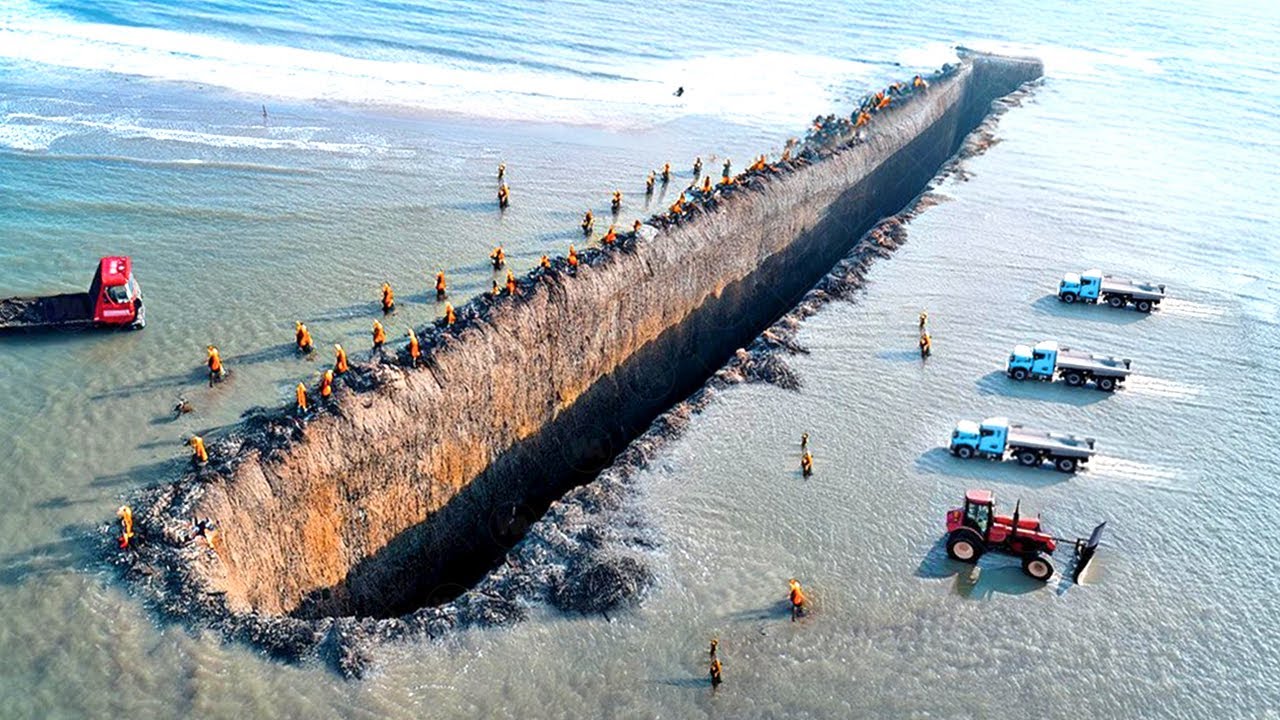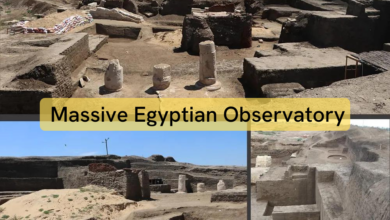Israel Poured Billion Tons of Water from the Mediterranean into the Sea of Galilee and That’s Why

More than 10 years ago, Israel began to seriously confront the problem of its lack of fresh water. In that time, the country has changed dramatically. Not only is Israel a world leader in wastewater reuse – with nearly 90% of its recycled water used for agricultural irrigation and similar purposes – but it is also a pioneer in seawater desalination technology.
Thanks to these efforts, Israel has managed to escape the water crisis in a remarkable 15 years. Today, the country is seen as a global model for drinking water production, while also helping other countries deal with climate change.
While the United States struggles with the drying up of the Colorado River and Germany faces threats from the Rhine, Israel is celebrating its water abundance and even increasing its water quotas for its neighbors. However, the fact is that in the 20th century, access to fresh water was a common problem for most countries around the world. Global water use increased more than twice as fast as population, meaning that water demand far outpaced population growth.
Israel’s climate makes this problem even more acute. Much of the country is arid or semi-arid, with rainfall concentrated in the winter months of November to March. Average annual rainfall ranges from 16 to 32 inches in the north and west, decreasing as one moves south and east. The dry season lasts from April to late October, making water shortages a serious problem, especially in the south, where most of the land is agricultural.
Recognizing that water from the north needed to be transferred to the south, where demand was greater, Israel undertook a project to build a national water transfer system. The system not only supplied fresh water from Lake Tiberias to arid regions, but also initiated a series of new technologies in water management and distribution.

In the 1950s, the national water transport system was built with the participation of more than 4,000 workers, accounting for 5% of Israel’s GDP at the time. The result was a complex system of giant pipes, open channels, reservoirs and water pumping stations, allowing Israel to transport hundreds of millions of gallons of water every day. Initially, 80% of the water was used for agriculture, but by the early 1990s, the system provided half of the country’s drinking water.
In recent years, Israel has stepped up its seawater desalination and wastewater reuse technologies, doubling the amount of water available in just 20 years. Desalination plants along the Mediterranean coast currently meet 80% of Israel’s drinking water needs, with plans to add two new plants by 2026 to increase that to 95%.
One of the recent groundbreaking projects is pumping desalinated seawater from the Mediterranean back into Lake Tiberias to maintain water levels, supporting both domestic needs and Jordan’s water supply agreements. The project is the first of its kind in the world, using a 19.3-mile, 5.2-foot-diameter pipeline to deliver water to the lake, turning it into a freshwater “savings account” for dry years.
In addition, Israel is a leader in water-saving solutions, from drip irrigation technology to innovative planting materials like water-retaining gels, which can reduce agricultural water use by up to 75%. In addition, Israel is also testing systems that extract water from the air, providing clean drinking water even in urban environments.
These initiatives not only help Israel overcome the water crisis but also create opportunities for international cooperation, as other countries learn and apply advanced technologies from Israel to deal with climate change and water scarcity.








